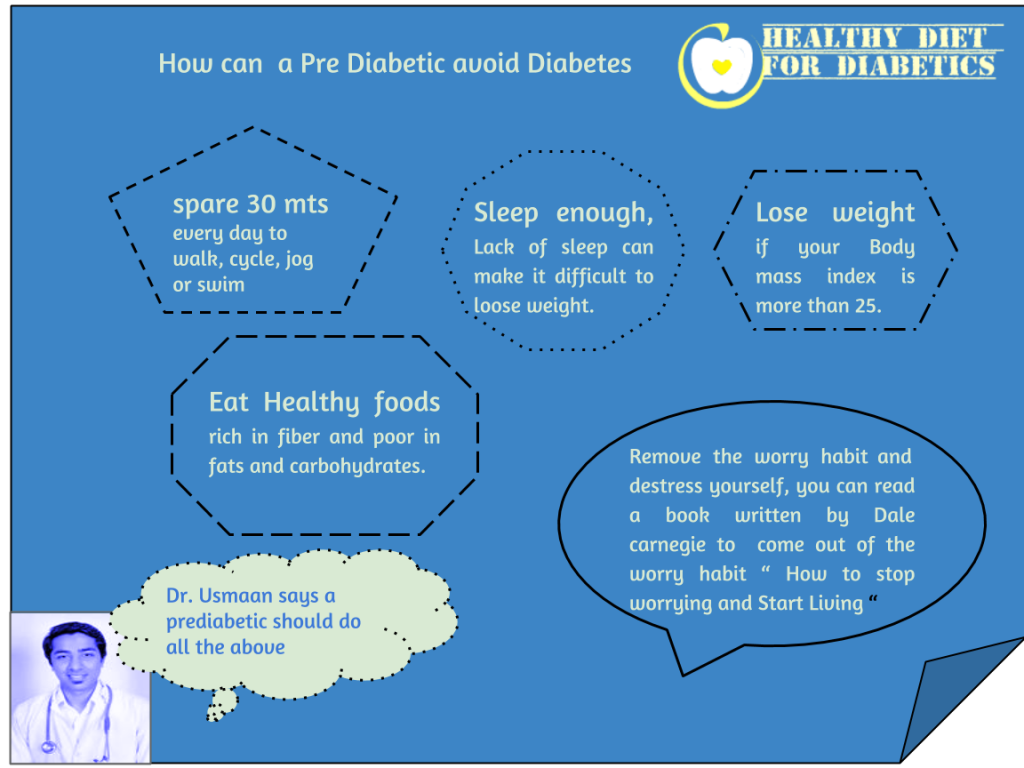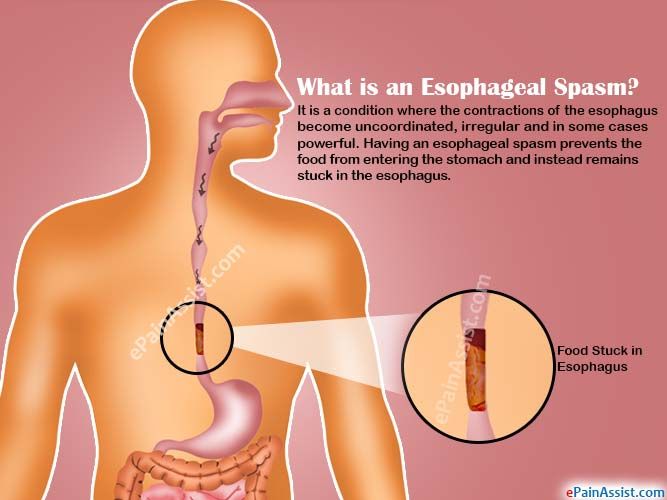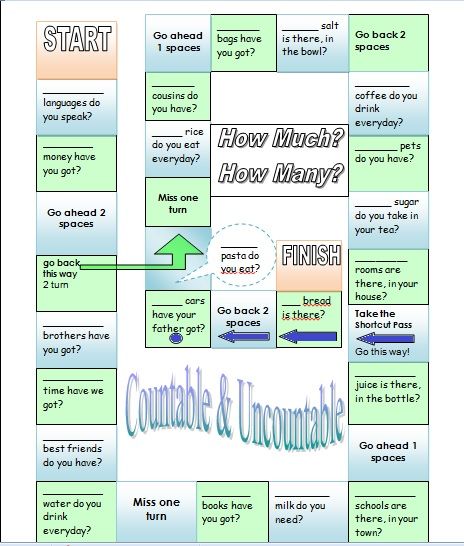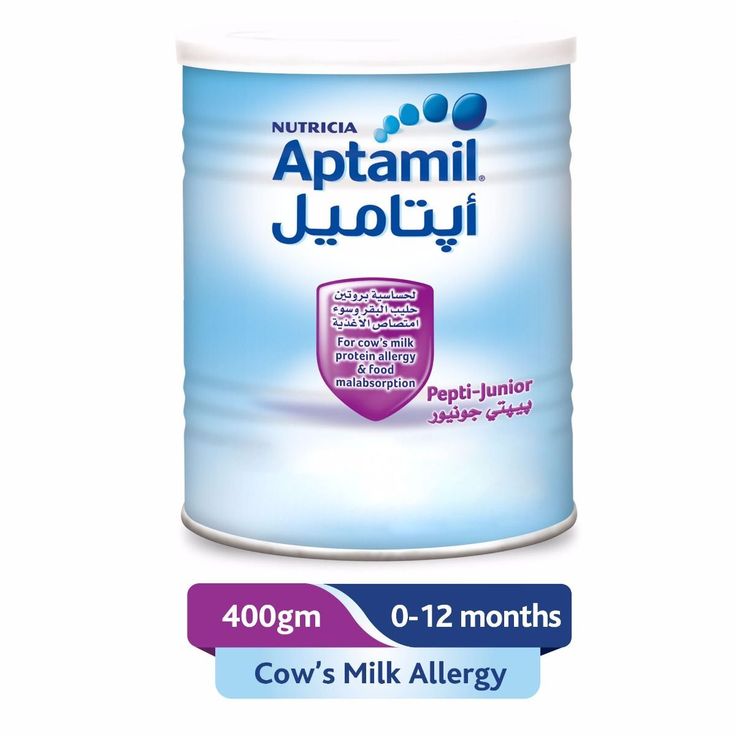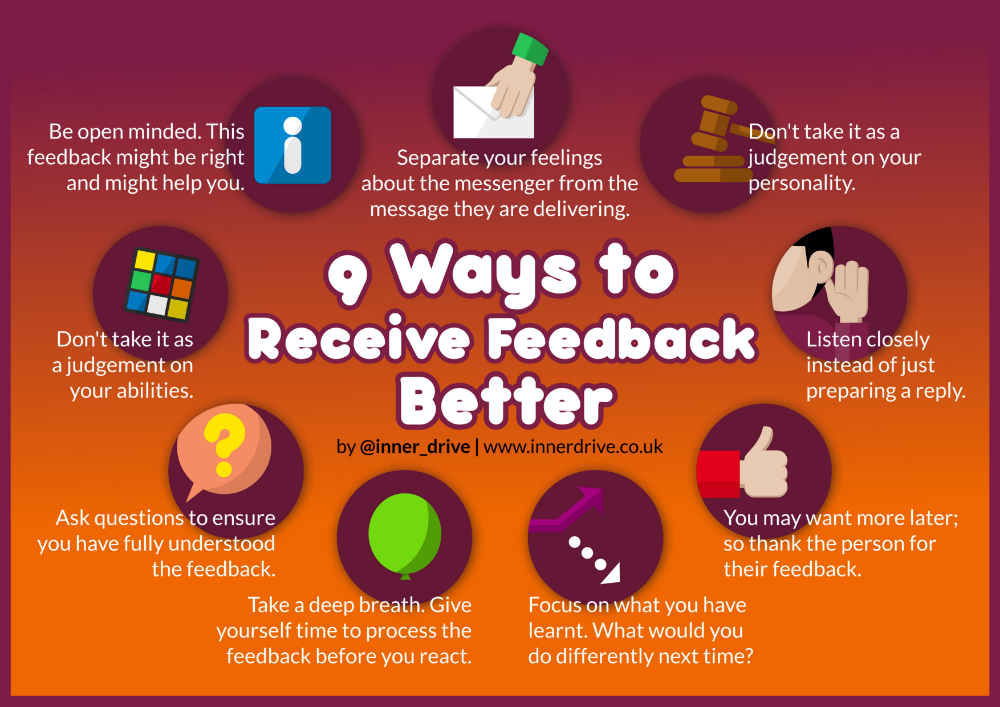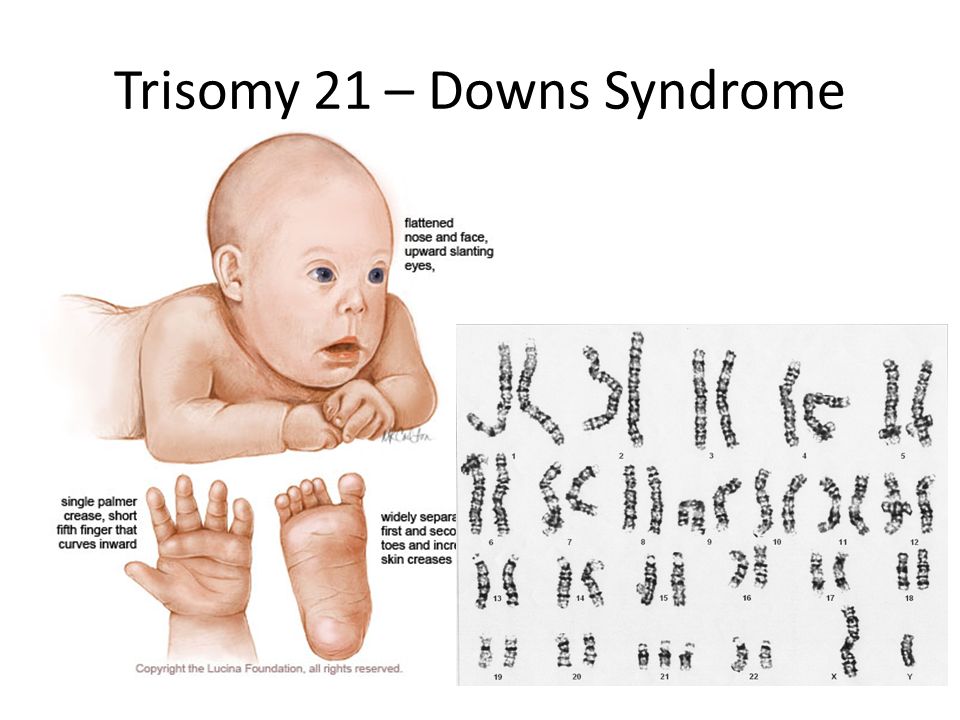How can i tell if my child is diabetic
Signs Of Type 1 Diabetes In Toddlers, Babies & Infants
Type 1 diabetes is a serious autoimmune disease in which the pancreas stops producing insulin—which is essential to getting energy from food. It strikes suddenly—and has nothing to do with diet or lifestyle. Unfortunately, signs of diabetes in toddlers, babies and infants may not always be easy to pinpoint. That’s because it’s very hard—particularly in the case of infants and babies—for youngsters to let their parents know that something isn’t right.
What to look for: Symptoms of pediatric diabetes in babies and toddlers
You may or may not be aware that increased thirst and frequent urination are common symptoms of type 1 diabetes in toddlers and other young children. The reason this happens is rising blood-sugar levels trigger a reaction in the body that pulls fluid from tissues. This will leave your son or daughter constantly—and understandably—thirsty, which leads to increased urination. If your toddler is potty-trained you may also notice that they revert back or have bed-wetting issues.
But what else should you watch out for? Below are some other potential signs of pediatric diabetes:
Fatigue
This could be a sign that your child’s body isn’t able to turn the sugar in the bloodstream into energy.
Intense hunger and unexplained weight loss: If your kid’s muscles and organs aren’t receiving enough energy, it can trigger extreme hunger. And sudden weight loss—especially if he or she is eating more—could also be a major warning sign.
Changes in vision: High blood-glucose levels could lead to blurred vision or other eyesight issues. Unfortunately at a very young age, your son or daughter may not yet be able to articulate this.
Yeast infection: This type of infection can be one of the signs of diabetes in babies—but it may present itself as a diaper rash caused by excessive yeast.
Fruity smelling breath or sugar in urine: This is a sign that your kid’s body is attempting to excrete sugar that it can’t get into its cells.
Unusual behavior: If your son or daughter suddenly becomes irritable, restless or moody it may be cause for concern, particularly if this coincides with other symptoms.
If you have any reason to believe that you’re seeing signs of type 1 diabetes in your toddler, infant or baby, it’s important to see a doctor immediately. Rather than second-guessing your worries, remind yourself that it’s always better to be safe than sorry when it comes to your child’s health.
Your privacy
We value your privacy. When you visit JDRF.org (and our family of websites), we use cookies to process your personal data in order to customize content and improve your site experience, provide social media features, analyze our traffic, and personalize advertising. By choosing “I Agree”, you understand and agree to JDRF’s Privacy Policy.
Diabetic Ketoacidosis (DKA): Symptoms and Prevention
Diabetic ketoacidosis (DKA) is a serious condition in which an insulin-deprived body seeks energy from stored fat. Ketones are caused by the breakdown of fat when there isn’t enough insulin to allow the glucose (sugar) into your cells for energy. When ketones build up, the result is acidosis (too much acid in the blood). If not treated, this can lead to death. Usually blood glucose levels are elevated (>240 mg/dL) but not always. This article will help you be aware of the symptoms of diabetic ketoacidosis (DKA), what signs to look for and how to prevent it.
Ketones are caused by the breakdown of fat when there isn’t enough insulin to allow the glucose (sugar) into your cells for energy. When ketones build up, the result is acidosis (too much acid in the blood). If not treated, this can lead to death. Usually blood glucose levels are elevated (>240 mg/dL) but not always. This article will help you be aware of the symptoms of diabetic ketoacidosis (DKA), what signs to look for and how to prevent it.
Early Warning Signs and Symptoms of Diabetic Ketoacidosis (DKA)
- Blood glucose levels above 240 mg/dL
- Flu-like symptoms (feeling tired, weak, aches, nausea or vomiting, abdominal pain)
- Frequent urination
- Excessive thirst
- Weight loss (if for a longer period of time)
- Drowsiness, lethargy, exhaustion
- Confusion
- Difficulty concentrating
- Fruity smelling breath
- Rapid breathing, which happens when the body is trying to eliminate the ketones and acid
- Ketones detected via urine or blood testing
- Check your blood sugar levels multiple times a day — more often if you’re ill or under stress.

- Stick to your diabetes management routine that you discussed with your diabetes care team.
- Talk to your endocrinologist about how to adjust your insulin based on what you eat (your carb ratio) and correction factor as well as your activity level, whether you’re ill or any other factors.
- Check for ketones with either a blood or urine ketone test kit — you can buy them over-the-counter and should test when ill or when your blood sugar is higher than 240 mg/dl. If you have ketones, please contact your health care provider immediately for instructions on what to do or seek emergency care,
Anyone living type 1 diabetes and their caregivers should be aware of the signs and symptoms of diabetic ketoacidosis (DKA). Especially for people who are recently diagnosed, it is important to understand this complication and the ways to look out for and prevent it.
Ketones and How to Check for Them
If you have T1D or you are a caregiver for someone with T1D, you should have ketone testing supplies on hand to check for ketones. Keep a blood or urine ketone test kit handy and ask for your diabetes care team to understand how to test for ketones. Many experts advise to check your urine for ketones when your blood glucose is more than 240 mg/dl. Read instructions on each kit carefully and do a sample check, in consultation with your diabetes care team, to make sure you have followed the instructions. Check for expiration dates on the kits and discard the strips that have expired.
Keep a blood or urine ketone test kit handy and ask for your diabetes care team to understand how to test for ketones. Many experts advise to check your urine for ketones when your blood glucose is more than 240 mg/dl. Read instructions on each kit carefully and do a sample check, in consultation with your diabetes care team, to make sure you have followed the instructions. Check for expiration dates on the kits and discard the strips that have expired.
Your privacy
We value your privacy. When you visit JDRF.org (and our family of websites), we use cookies to process your personal data in order to customize content and improve your site experience, provide social media features, analyze our traffic, and personalize advertising. By choosing “I Agree”, you understand and agree to JDRF’s Privacy Policy.
how to live with it? Tips from a German expert – DW – 11/14/2019
Photo: picture-alliance/dpa/F. May
Culture
Marina Borisova
November 14, 2019
November 14 is World Diabetes Day. Increasingly, this autoimmune disease is found in children. What is the reason? And what should children and their parents do?
Increasingly, this autoimmune disease is found in children. What is the reason? And what should children and their parents do?
https://p.dw.com/p/3SsOd
Advertising
Is your child very thirsty? Does he often get up at night to go to the bathroom? Tired quickly in class? These, at first glance, not so alarming signs may indicate a dangerous disease - diabetes mellitus. Every year on November 14, World Diabetes Day is celebrated. As statistics show, diabetes - a sugar disease in common parlance - is increasingly affecting children. In Germany, there are 32 thousand patients with diabetes under the age of 20, of which almost two-thirds are children under the age of 14. Approximately 3,200 new cases are diagnosed each year (of which 2,000 are type 2 diabetes). And the number of children with type 1 diabetes is increasing every year by about 3.5 percent per year, says endocrinologist and diabetologist Thomas Kapellen from the University Hospital Leipzig in an interview with DW. "The current statistics are alarming, especially because every year the number of children with type 1 diabetes is growing," the expert emphasizes. Pediatricians in Germany, and indeed throughout Europe, are concerned that they increasingly have to deal with this chronic disease in practice.
"The current statistics are alarming, especially because every year the number of children with type 1 diabetes is growing," the expert emphasizes. Pediatricians in Germany, and indeed throughout Europe, are concerned that they increasingly have to deal with this chronic disease in practice.
Myths about diabetes
The most common misconception is that diabetes occurs in children solely due to improper diet. “There is no need to blame yourself,” says the German doctor. “This is the first thing we are trying to explain to parents. We are trying to rid them of guilt and dispel stereotypes. This is an autoimmune disease, more precisely, a failure in the immune system, which leads to a reduction in beta- pancreatic cells that produce insulin. Scientists around the world do not yet have an unequivocal answer to the question why this is happening. Some people have a genetic predisposition to diabetes, but most of them never get it.
"So," emphasizes the specialist from Leipzig, "there must be external factors. And here scientists mean not only environmental pollution, but also the spread of viral diseases, the increasing practice of caesarean section." However, one can only guess about the reasons, as well as why, for example, type 1 diabetes is more common in the north of Europe than in the south, and there are more children with diabetes in the west than in the east.
And here scientists mean not only environmental pollution, but also the spread of viral diseases, the increasing practice of caesarean section." However, one can only guess about the reasons, as well as why, for example, type 1 diabetes is more common in the north of Europe than in the south, and there are more children with diabetes in the west than in the east.
Another equally common misconception is that a child with type 1 diabetes should not eat sweets. “25 years ago, when I first started doing pediatric diabetes, we really worked with a strict diet. But today we select individual therapy that takes into account the lifestyle of the child,” the expert explains. A child with type 1 diabetes is no longer banned from eating birthday cake and drinking sugary sodas. Of course, this requires adjustments in therapy so that the body receives the right amount of insulin.
It is also misleading that diabetes can be avoided by taking preventive measures, that is, by adhering to a healthy lifestyle and diet. This statement is true only when it comes to type 2 diabetes. "Type 1 diabetes is a life-changing disease," comments Thomas Capellen. "The immune system is doing what it shouldn't be doing. Parents tend to quickly realize that this is for life. Children don't realize it right away. It's hard for them to accept This fact".
This statement is true only when it comes to type 2 diabetes. "Type 1 diabetes is a life-changing disease," comments Thomas Capellen. "The immune system is doing what it shouldn't be doing. Parents tend to quickly realize that this is for life. Children don't realize it right away. It's hard for them to accept This fact".
Live with diabetes
The German Diabetes Society (Deutsche Diabetes Gesellschaft) helps families with these diagnoses. "No one is to blame for the fact that you have diabetes. It just happens. Diabetes has nothing to do with who ate how much sweets," experts explain to little patients. In an accessible form and in an understandable language, children and adolescents are prepared for different situations, whether it is a hike with the class or playing sports at school. From the first day after the diagnosis, doctors ask and teach children and parents to speak openly about this disease.
The first thing the gymnasium teacher of 13-year-old Anna, who was recently diagnosed with type 1 diabetes, did was teach a lesson about diabetes and tell her classmates about the disease. The girl does not need to look for a secluded place to measure performance and make the necessary injection. Openness and as much "normality" as possible - this is what doctors call for, the family and the environment of children with diabetes. A child with diabetes can do everything their peers can, they just have to control and adjust their blood sugar levels.
Of course, insulin therapy has many limitations. Every day you need to inject insulin, hurt the child. This is very difficult, first of all, for the parents of young patients. But today they and their parents have a choice: syringe pens, pumps - a small electronic device that injects insulin according to pre-programmed individual settings. Modern technology makes therapy easier. So, with an insulin pump, there is no need for daily injections, since the device allows for intensive insulin therapy in combination with glucose monitoring and carbohydrate counting.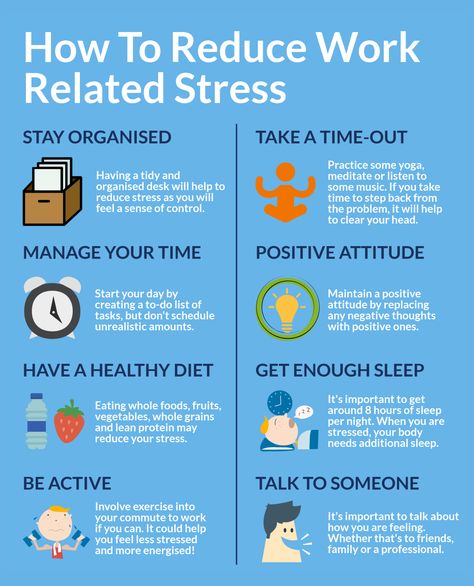
Do not panic
When choosing a future profession, doctors pay attention to the fact that, from the point of view of the law, a person with insulin therapy, if there is a high risk of insulin deficiency, is not allowed to start service with weapons and activities that may cause harm to others persons. Specifically: you cannot become a pilot, a bus driver, a train driver, a policeman, a military man. However, as emphasized by the German Diabetes Society, things are changing now. Previously, for example, it was not even allowed to drive trucks. Now this restriction has been lifted, which means that the profession of a truck driver has become available for diabetics.
Diabetes cannot be cured, but one can learn to live with the disease. After a child has been diagnosed with this condition, it is important to educate him and return him to a normal lifestyle. Older children are taught to give insulin injections themselves. Of course, a high level of self-control is required. As long as the parents are in control of the situation, difficulties do not arise. Problems appear during adolescence. A teenager's head is occupied with completely different things, and he may lose his vigilance.
As long as the parents are in control of the situation, difficulties do not arise. Problems appear during adolescence. A teenager's head is occupied with completely different things, and he may lose his vigilance.
However, when asked how often diabetes leads to death, the diabetologist from Leipzig reassures: "In Saxony, the database and registration are very well developed. In the last 15 years, I can only say about two deaths. The first one was installed too late diagnosis. In the second, the young man did not adequately follow the prescriptions of doctors. What many parents are so afraid of - a real danger to life as a result of a diabetic coma - has never been in my practice, "says the German doctor.
See also:
Write to the editorial office
Advertising
Pass the section on the topiceven on the topic
Show another
Skop the top-set 1 pp.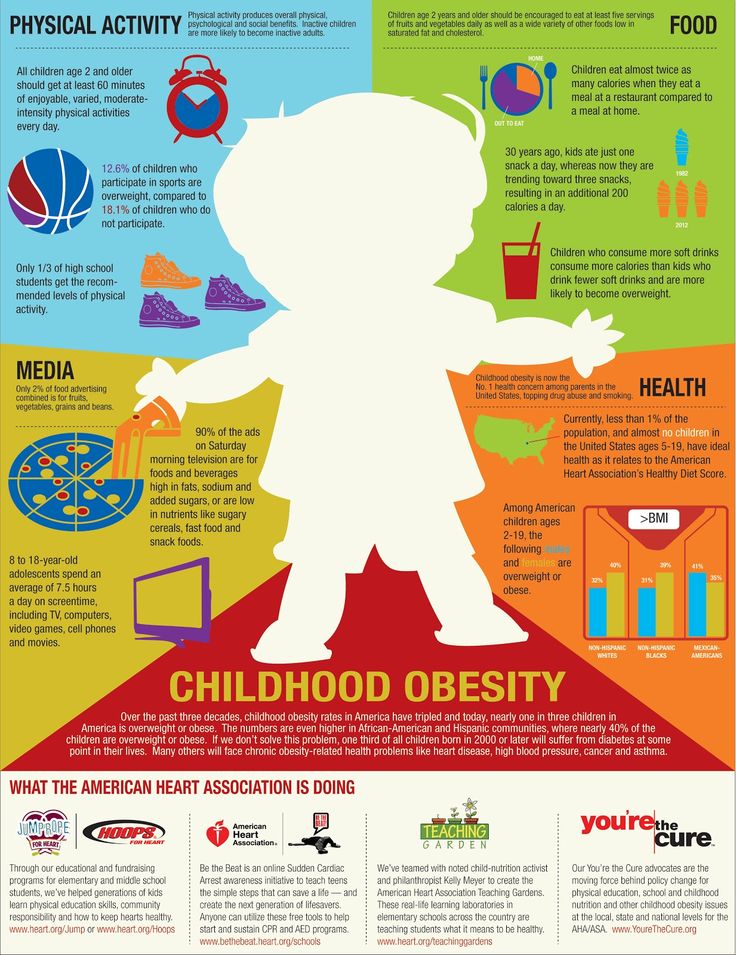 Out of 3
Out of 3
Main page
Happy childhood with diabetes - All about diabetes
My daughter Masha is 8 years old. She is very mobile, sociable, cheerful girl. From the age of five, Masha has been playing tennis, and since this year she has also been dancing and fly yoga. And for a year and a half we have known that Masha has diabetes.
Diagnosis - diabetes
The diagnosis was made in January 2019, when we got to the hospital after a severe flu, with severe exhaustion. The daughter began to eat and drink a lot, but melted and weakened before our eyes. No one can say how much diabetes developed before the manifestation - perhaps each virus she had transferred gradually worsened the situation. Prior to the diagnosis, the daughter was not ill with anything special, except for the seasonal flu. So we rarely went to the clinic. And when they first passed the blood sugar test, they immediately heard the diagnosis.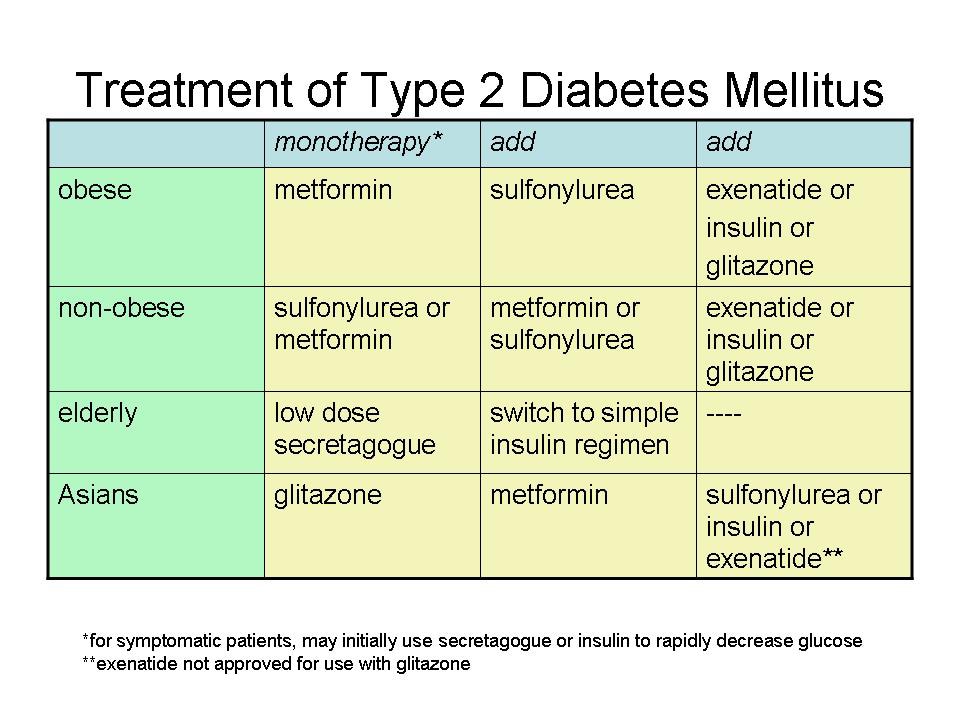
At that moment we knew very little about what this disease was. They only knew that older people who move little and eat a lot are sick. They had no idea that children could get sick, especially those as mobile, athletic and healthy as our daughter. In the first days after the diagnosis, all attention was directed to saving the life of the child. I hoped for the doctors, that they know what to do and how to treat. Life was saved, droppers were dripped, the daughter came to life. And I was shocked: they gave me a syringe and began to teach me how to give injections. I could not believe that this syringe is now forever. In general, all my life I was very afraid of injections, avoided doctors and medical procedures. We also interfered minimally with the child's body: almost no drugs, pills, potions. It has always been believed that the human body in most cases is able to cope with everything on its own. And now I had to realize that I personally would have to hurt the child several times a day.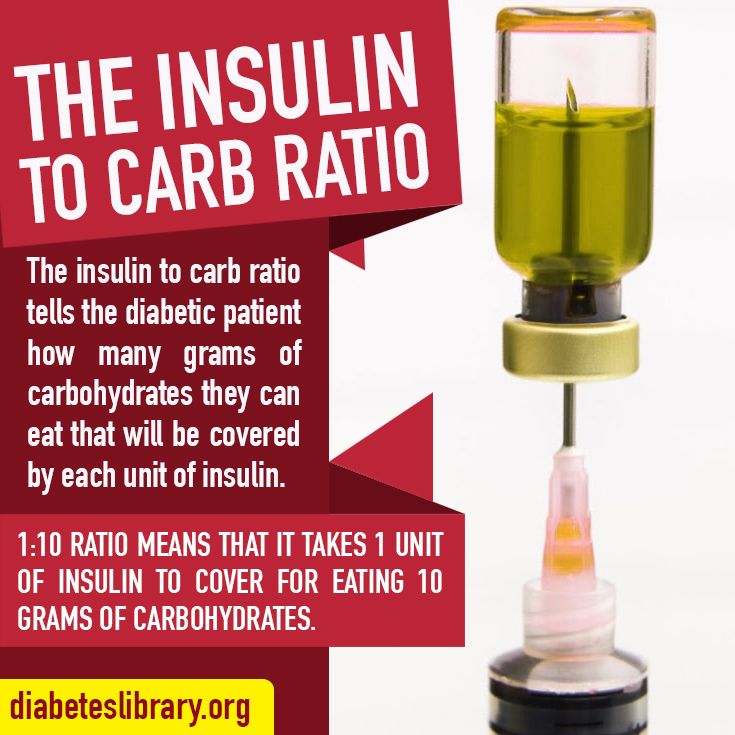 I will have to inject my child with insulin all the time. Otherwise, she will die. Will fade within a year.
I will have to inject my child with insulin all the time. Otherwise, she will die. Will fade within a year.
Support is the most important thing
My first teacher and guide to the world of diabetes was our doctor at the Institute of Endocrinology, Victoria Gennadievna Pakhomova. She prescribed (as I later became convinced when communicating with more experienced mothers) the best and most modern insulins, helped to adjust the diet for several months after discharge. She didn’t leave us alone with diabetes, taught us to count bread units, select doses, pauses, and adapt to a new life. Many thanks to her for her support and generosity.
Mothers of other children with the same diagnosis were very morally supportive. They told how they live, how they have adapted, what are the new rules of life now, and, most importantly, that life does not end. Masha was helped a lot by children who had faced diabetes before. I was greatly relieved to see how the children taught her to give herself injections.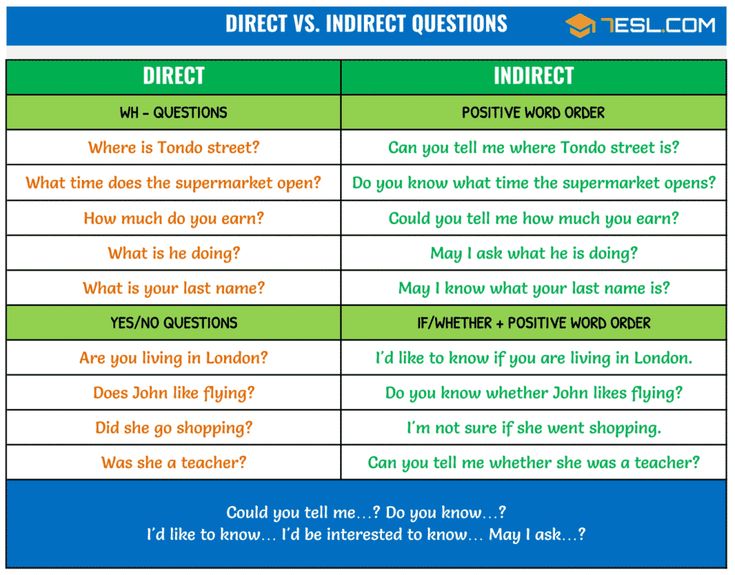 She realized that all this is normal, you can live like that, and the children are cool. In general, children with diabetes are different - more responsive, kind. We are in good company. Support, mutual assistance, willingness to share just like that. We have a viber chat “sweet children”, where mothers and fathers of children with diabetes are ready to help, suggest and support around the clock. There they can analyze and analyze the diary of nutrition and doses, find errors in compensation, suggest medicines and novelties that improve the life of the mother and the diabetic child.
She realized that all this is normal, you can live like that, and the children are cool. In general, children with diabetes are different - more responsive, kind. We are in good company. Support, mutual assistance, willingness to share just like that. We have a viber chat “sweet children”, where mothers and fathers of children with diabetes are ready to help, suggest and support around the clock. There they can analyze and analyze the diary of nutrition and doses, find errors in compensation, suggest medicines and novelties that improve the life of the mother and the diabetic child.
Of course, I did not immediately accept my daughter's diagnosis. I still haven't fully accepted it, to be honest. I believe there will be a cure. Now life is changing at a tremendous speed, and I know that there will be improvements, although I still have no idea what kind. After all, improvements are constantly taking place: until recently, to control sugar, you had to go to the laboratory several times a month, then glucometers appeared and you had to prick your fingers 10 times a day. Now there are continuous monitoring devices that allow you to see the level of sugar in real time, without daily punctures of the fingers. Life goes on, and hope for the best does not leave us.
Now there are continuous monitoring devices that allow you to see the level of sugar in real time, without daily punctures of the fingers. Life goes on, and hope for the best does not leave us.
There is definitely more learning in life
Of course, our life has become more difficult. Expenses were added, worries and worries were added. I began to sleep less and be more nervous. Every peak in sugar, high and low, is stressful for the family. I'm still learning how to properly compensate, and it's a very complex equation with many variables. Sugar can react to the weather, mood, experiences, not to mention food. I need to take all this into account, calculate and make decisions very quickly at any time of the day. My husband and I study a lot of information about nutrition, about the work of the body, about the connection between the psyche and the body, about technical and software innovations. There has definitely been more learning in life.
My biggest support was my husband: he and my daughter are my support. My husband is aware of all the nuances and can completely replace me if he needs to. He earns and provides us with all possible means for a normal life with diabetes. In addition, the state helps a lot. We are paid a monthly pension, help from the mayor, they provided free travel for the child and me. Recently, an insulin pump and all consumables for it were given out completely free of charge. After discharge from the hospital, they provided a free ticket to the sanatorium. It helped us a lot to adapt to a new life.
My husband is aware of all the nuances and can completely replace me if he needs to. He earns and provides us with all possible means for a normal life with diabetes. In addition, the state helps a lot. We are paid a monthly pension, help from the mayor, they provided free travel for the child and me. Recently, an insulin pump and all consumables for it were given out completely free of charge. After discharge from the hospital, they provided a free ticket to the sanatorium. It helped us a lot to adapt to a new life.
My girlfriends, mothers of Masha's friends, also strongly supported me. After the hospital, they came to visit Masha, chat, play. They help us not to feel special, wrong, sick, rejected, or something. We go together to cafes, to birthdays, to hikes - and we feel comfortable there. We can go with the whole company to McDonald's, and Masha will absolutely calmly eat buckwheat with a cutlet brought from home.
We do not hide our way of life from anyone. We do not brag, of course, but all friends and relatives know that Masha has diabetes. Although, of course, I do not know to what extent they are aware of what it is. I tell if they ask. I speak to coaches and teachers in general terms. But for now, I am everywhere with my daughter, so I control her condition myself and teach her to pay attention to her well-being and make the right decisions. Thank God, she feels the approach of hypoglycemia and can cope with them herself.
Although, of course, I do not know to what extent they are aware of what it is. I tell if they ask. I speak to coaches and teachers in general terms. But for now, I am everywhere with my daughter, so I control her condition myself and teach her to pay attention to her well-being and make the right decisions. Thank God, she feels the approach of hypoglycemia and can cope with them herself.
Blood glucose monitoring helps a lot
We only had real hypoglycemia once, when the pause after the injection before eating was prolonged and the food acted too slowly. But low sugar is quite common. It is very difficult to ensure that the peak of insulin action coincides with the peak of glucose uptake minute by minute. Despite the continuous monitoring that we use, ups and downs happen quite often. In general, daily monitoring of blood glucose levels is very helpful. I think that this is a mandatory thing, at least at first. Many people do not realize how insidious sugar can behave: we have had so many times that 2 hours after eating (the recommended control measurement for a glucometer), sugar is normal, and after another 30 minutes it is already 11 mmol / l. On a glucometer, this may not be noticeable at all.
On a glucometer, this may not be noticeable at all.
We know our compensation rates and aim for a 5 mmol/l. After eating, I would like to keep no more than 8 mmol / l. We do not adhere to a strict diet, but I constantly study the properties of different products, listen to lectures by nutritionists, and together with my daughter we invent recipes for healthy sweets. The daughter dreams of becoming a diabetic confectioner and opening a cafe with healthy snacks for diabetics. On March 8, we already made gifts to teachers from healthy sweets prepared by Masha herself - everyone was delighted.
As a parent of a child with diabetes, I have missed and now lack psychological support. Moms support each other, but sometimes there are difficult conditions when professional help is needed.
My advice to parents who have just found out about the diagnosis
If I talk about what I would like to say to other parents or people who have just found out about the diagnosis, then the thought always helped me: “it could have been worse”. The daughter is alive. She can live a normal life. Can run, play with friends, ride a bike, enjoy ice cream and the sun. He can look for pluses in his condition and learn not to give up, not to lose heart.
It is difficult for us, much more difficult than before. You have to study a lot, work hard on yourself, constantly look for new ways, ways out, ways to improve life. But all this can be interesting.
Life goes on.
***
USEFUL INFORMATION
Diabetes is not an obstacle for school trips and a pleasant vacation
To make your child's trips safe and bring only pleasure, you should follow simple rules.
Before the tour, tell the group leader that your child has diabetes and provide them with all important information.
Prepare carefully for your trip with your child.
- If a child needs help measuring their blood sugar levels or administering insulin, the leader must be able to help. Tell the teacher in advance what help your child may need and how to provide it.
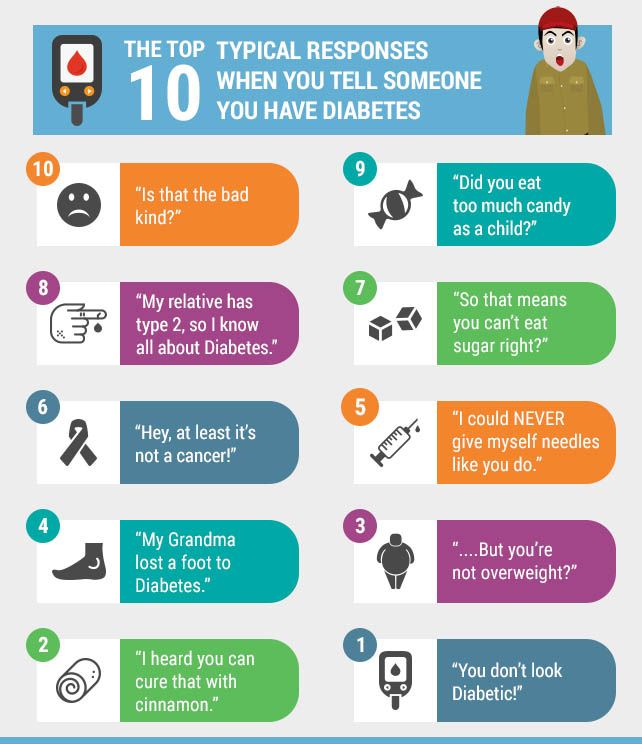
- Prepare a "hypo-kit": this can be a separate container or lunch box with your favorite sweets, juice, sweet water and glucose tablets. Tell the team leader where the hypo-kit is located, when and how to use it.
- If physical activities or long walks are planned on the excursion, bring your child extra food with you.
- Make sure your child has travel essentials: glucose tablets, sweets, fruit juice, extra insulin, needles, lancets, glucometer, blood sugar test strips.
- Get a handy and roomy travel first aid kit. Add a package insert to your first aid kit that describes the contents, with comments on what to use and when. It is very convenient when all the aids are collected in one place.
- If you are planning a long trip to countries with a hot climate, you need to make sure that there is a refrigerator on the road to store insulin supplies.
- The child must have a charged and topped up mobile phone with important numbers: doctor, parents and next of kin.
